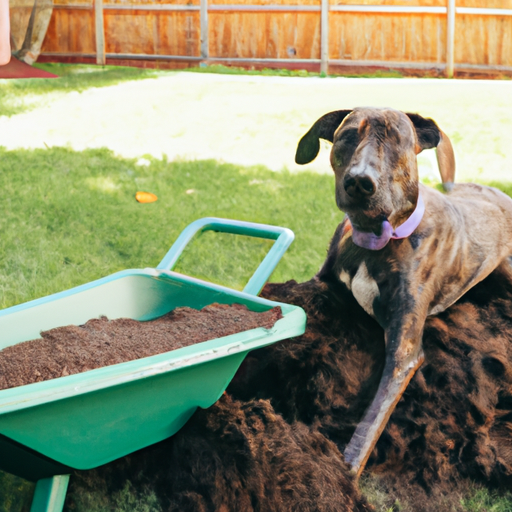H2: Understanding the Issue
First of all, you need to understand why covering mud in your yard is so important for your furry friends. Dogs, as you know, love to play and explore. They care nothing for the cleanliness of your home or their own hygiene, and a muddy yard is like a play paradise for them.
But, as a caregiver, you know better. You’re aware that a muddy yard is not just a source of dirty paws and a messy house, but it can also be a breeding ground for harmful bacteria and parasites. This is why it’s crucial to take steps to cover up that mud and keep your dogs safe.
H2: Identifying the Best Solutions
But how do you do it? Here are a few solutions you might consider:
-
Laying down grass: This is the most natural solution, and it can be quite effective. However, it requires time and patience, as the grass needs to grow. Plus, it’s not ideal if your dogs are diggers.
-
Installing artificial turf: This is a quick and effective solution, but it can be costly. And some dogs don’t like the feel of it under their paws.
-
Using mulch or wood chips: These are cheap and easy to install, but they can be messy and may need to be replaced frequently.
-
Building a patio or deck: This is a permanent solution that could add value to your home, but it’s also the most expensive option, and it might not be practical if you have a large yard.
| Solution | Pros | Cons |
|---|---|---|
| Grass | Natural, Effective | Time-consuming, Not for diggers |
| Artificial Turf | Quick, Effective | Costly, Some dogs don’t like it |
| Mulch/Wood Chips | Cheap, Easy to Install | Messy, Needs frequent replacement |
| Patio/Deck | Permanent, Adds value | Expensive, Not for large yards |
H2: Implementing the Solution
Once you’ve chosen your solution, it’s time to implement it. This will involve preparing the ground, installing the cover, and then maintaining it. Each solution has its own specific steps and requirements, so make sure you do your research and get all the necessary supplies before you start.
H2: Monitoring the Results
After you’ve covered the mud, it’s important to monitor the results. Keep an eye on your dogs and see how they react to the change. If they seem unhappy or if they start digging or chewing at the cover, you may need to try a different solution. Also, check regularly to make sure the cover is still intact and doing its job. If you notice any signs of wear and tear, repair or replace the cover as needed.
H2: Frequently Asked Questions
Q: Can I just let the mud dry out naturally?
A: This might work in the short term, but it’s not a long-term solution. Plus, it can be hard on your dog’s paws.
Q: What if my dog doesn’t like the cover I choose?
A: It’s always possible that your dog won’t like the change, but most dogs will adjust quickly. If they really seem unhappy, you might need to try a different solution.
Q: Can I use gravel or stones instead of mulch or wood chips?
A: Yes, but keep in mind that these can be hard on your dog’s paws and they don’t absorb moisture as well as mulch or wood chips.
Q: What about using sand?
A: Sand is another option, but it can get hot in the sun and it doesn’t absorb moisture very well. Plus, it can be messy if your dog loves to dig.



